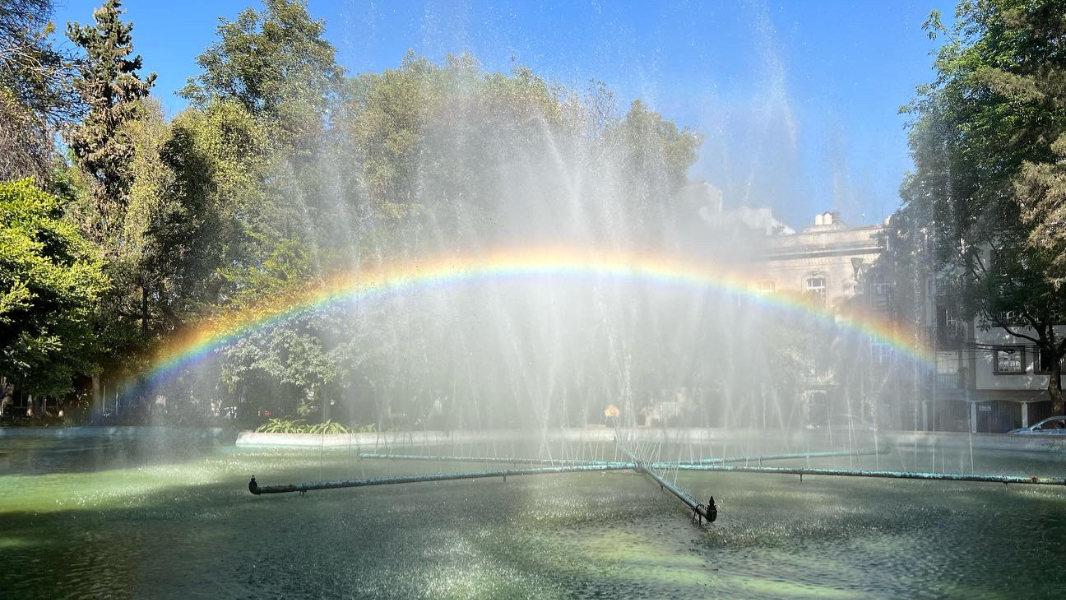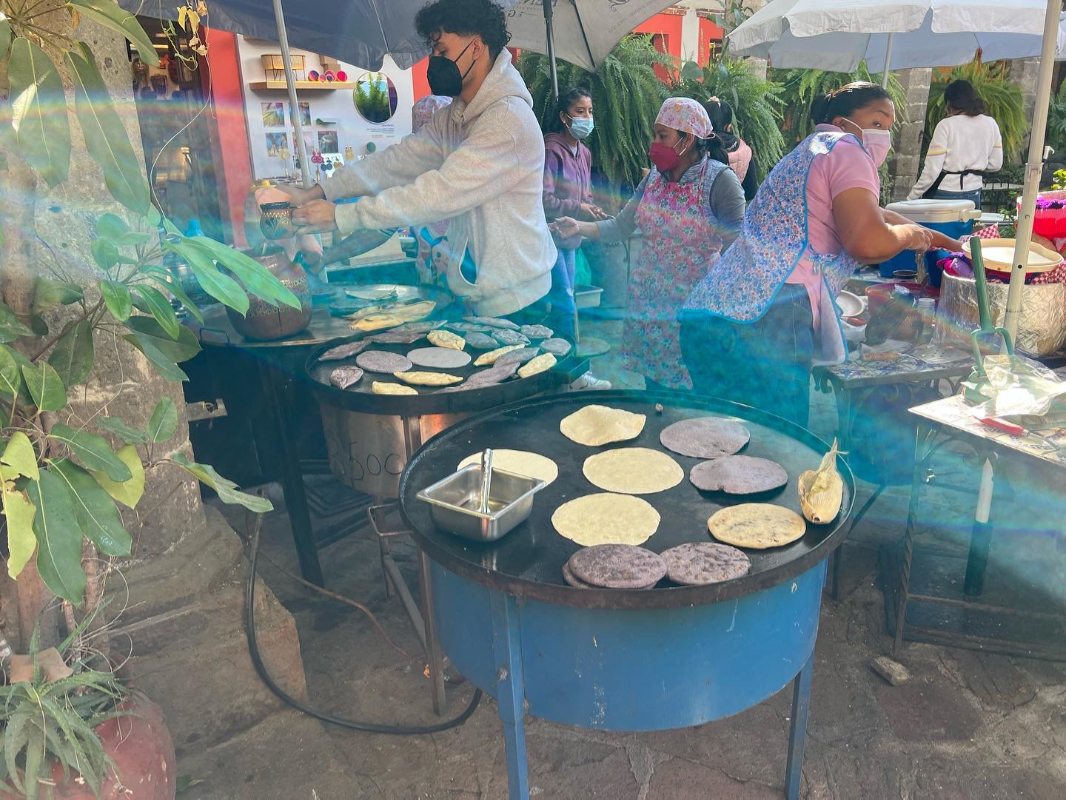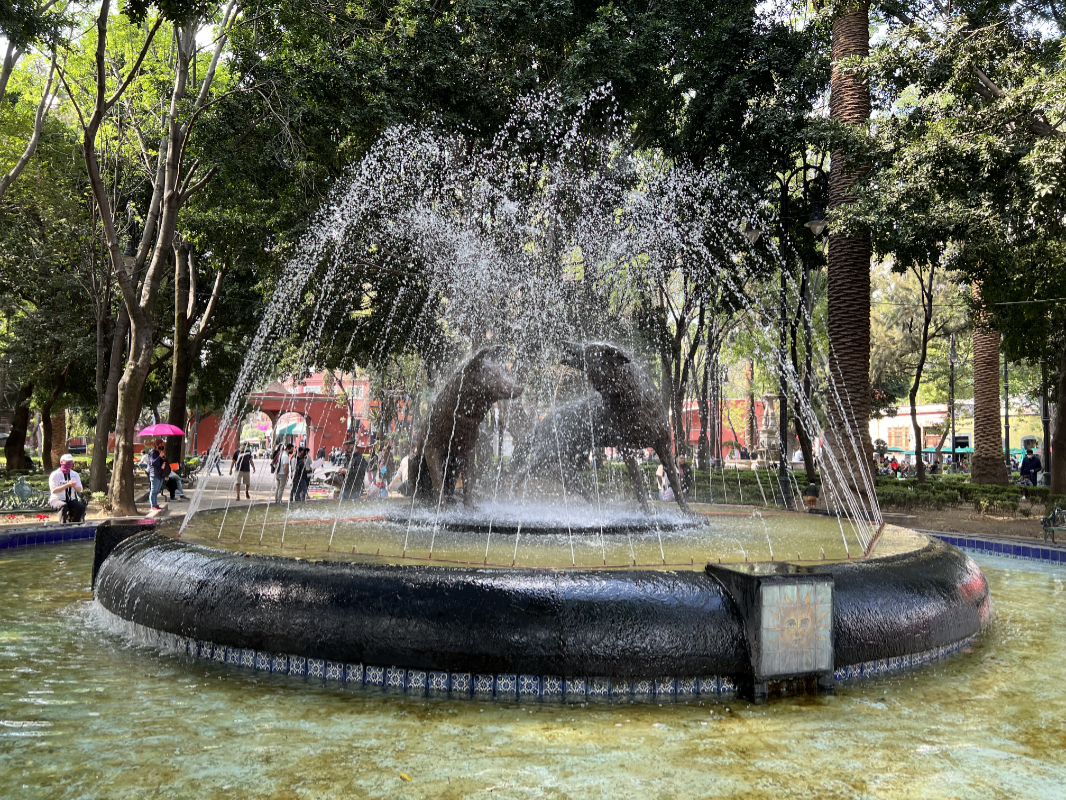Apple iPhone 13 Pro vs. Google Pixel 6 Pro: One More Data Point
- Paul Thurrott
- Jan 17, 2022
-
35

I’m not sure that the world is waiting for yet another iPhone 13 Pro review, but I’m working on mine. In the meantime, here’s one data point to consider. And it’s one that is particularly important to me: camera quality.
At a very high level, what I figured would be true is indeed true based on my month-plus of experience with the iPhone 13 Pro: its camera system is roughly as good as that of the Google Pixel 6 Pro, and each has a few little advantages or disadvantages when compared to the other. Day-to-day, both perform similarly, and both take great still photos in a variety of conditions.
Windows Intelligence In Your Inbox
Sign up for our new free newsletter to get three time-saving tips each Friday — and get free copies of Paul Thurrott's Windows 11 and Windows 10 Field Guides (normally $9.99) as a special welcome gift!
"*" indicates required fields
But because I’ve been living with the iPhone since it arrived in mid-December and I announced that I was moving to it full-time about 10 days later, I now have a more nuanced view of this camera system and how it performs. And of course, now I’m in Mexico City and taking a lot of photos and some videos, and the differences are becoming more pronounced. So let me make a blanket statement: the Pixel 6 Pro camera system is better—for my needs—overall. It’s not a gigantic divide. But that’s my general assessment.
The photos I take with the iPhone are mostly very good to excellent. Apple tends to shoot (ahem) for objective realism in its photos (and, I assume, videos) over, say, the mildly boosted photos provided by the Pixel or the Samsung S20 Ultra my wife uses. Subjectively, I like that bit of boost, so I find that many iPhone photos can be a bit bland. Scrolling through my trip photos, I mostly like what I see, but there are some that are a bit washed out. They’re probably true to life too.

Interestingly, the iPhone 13 Pro camera app has a feature called styles that lets you take photos that more closely resemble those you might take with a Pixel, Samsung, or other cameras. These are not filters, per se, and they can’t be unapplied after the fact: if you choose a style like Rich Contrast or Vibrant, the photos you take from then on will be forever modified accordingly. (I suppose it was too cheeky or on point to call these styles “Pixel,” “Samsung,” or similar.) I’ve experimented with them, of course, but I don’t feel comfortable switching to one of these styles for all of my photos, especially on a trip like this. I do like that they’re customizable, though: you can make “Vibrant” even more vibrant if you want, for example.
But whatever. Generally speaking, I like the rich contrast and HDR effect provided by recent Pixels better than the probably more realistic iPhone shots. It is what it is. It’s just that here are a few areas where the iPhone objectively falls short. And I suspect most iPhone users will agree.
The first regards lens flaring. If I’m facing the sun and take a shot with the iPhone, the resulting photo isn’t just terrible, it’s almost unacceptable. The Pixels handle this kind of thing much better. Here are a few examples.


Night mode is another problem. Where Pixels handle low-light shots wonderfully and consistently, the iPhone does not. Some night/low-light shots are fantastic. But many are washed out.
The shutter lag on night/low-light shots is also inconsistent. Sometimes, I take a picture and the shutter quickly clicks once like a normal daytime shot. But about half the time, it clicks once, displays an animation on the shutter button, and then clicks again seconds later to indicate it’s done taking the shot. You need to hold it steady and there’s no warning when that’s required.

The biggest difference—and, to be fair, this doesn’t come up a lot—is the zoom. The iPhone features 3.5x optical zoom and digital zoom up to 15x and it’s … OK. In day-to-day use, that little bit of zoom is a nice option.
Normal shot:

3.5x zoom:

But when I saw a nearly full moon the other night, I couldn’t zoom in enough to get a good shot no matter what I did; I tried bracing the iPhone against a railing and the wall, but no matter. All it took was a shot of a blurry white ball in the sky. (Sorry, I didn’t even save those shots.)
Unhappy with this, I grabbed my Pixel 6 Pro and zoomed in as far as it would go. It’s hard to focus at that distance by hand, so I braced it on the railing and got an OK—but overly red, for some reason—shot that at least shows some of the geographical features of the moon.
![]()
Curious about this, I borrowed my wife’s Samsung, zoomed in all the way, and took this handheld shot, with no bracing. I mean, seriously. There’s no comparison. It’s not just “better,” it’s also color accurate. (It’s off centered because I was holding it by hand.)

So what’s the point? Is this a deal-breaker? Does it mean I’m going to go running back to the Pixel? No, not yet. I still have more testing to do, and I think I’ll use the Pixel for the next few days to get a better handle on this comparison. But I could always do similarly to what I’ve done in the past, in this case using the iPhone normally but using the Pixel when I’m away like this.
We’ll see. But it’s an interesting comparison.